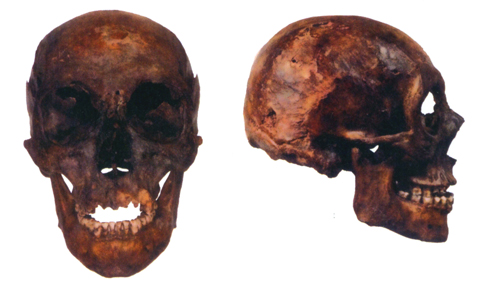Dear Ordas!
Adj'Isten, Földi! (Old hungarian greetings: It meens: Give God, Man from my homeland)
It is incredible, but one of my ancestor line (Simon family) also lives in Nyírkáta too, like your grandpa. But before 1955 the name of the village was Gebe.
I'm looking for the archeogenetical heritage the families from Nyírség. Especially the southern region, my homeland. At this time I know all of my 8 great-great grandfathers Y-chr haplogroup.
E1b1b-V13-Z17107* (Küzmös family) Penészlek, Nyírbéltek, Nyírvasvári
R1b-U106-Z381-DF98-S22069* (Dobi family) Balkány
R1b-U152-L2-Z49-S8172* (Béres family) Nyírbéltek
I2A-L621-A1328* (Tóth family) Nyírbéltek
R1a-M458-L260-YP415* (Kalenyák family) Penészlek, Nyírvasvári
R1a-L664-S2866 (Simon family) Nyírvasvári, Nyírkáta, Terem
I2A-L621-Y4460 (Kiss family-not completed yet) Penészlek
I1-L22 (Szilágyi family-not completed yet) Penészlek
Unfortunately just two MtDNA haplogroup were detected at this time:
H16f-earliest known source: Helena Huba 1807-1835 Penészlek
H4a1a4b-e.k.s: Mária Horváth 1801-1872 Geszteréd
They all lived in the Southern Nyírség, no more just 25 km-s from Nyírkáta.
It seems, the current people of the Nyírség, have mixed origin. All the family names (except the Kalenyák - which is a polosh one) is a very tipically hungarian names. The family names in Hungary, created in the XIV. century. So these genes since the XIV. century were present in the hungarian population. I would be grateful if you help with me to expand my database from the Southern Nyírség peoples.
I have a Nagy ancestor family too, from Nyírvasvári the neighboring village from Nyírkáta. The last known ancestor was Veronika Nagy (1858-1935) Her husband was György Kalenyák. Unfortunately I cannot find any previous data, because in an 1880 fire the church birth/death registers were destroyed. Maybe you don't know in your Nagy family a Veronika with this datas?


